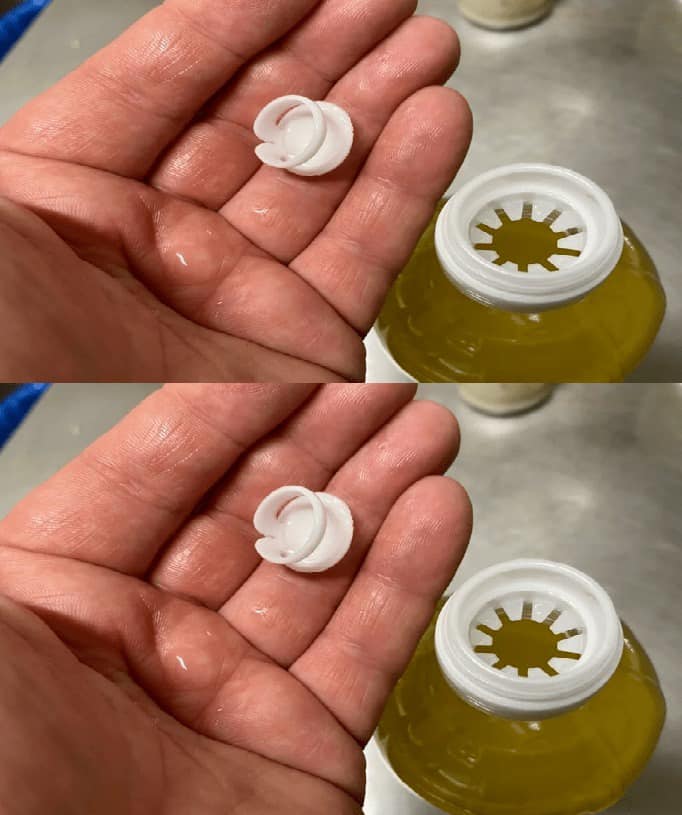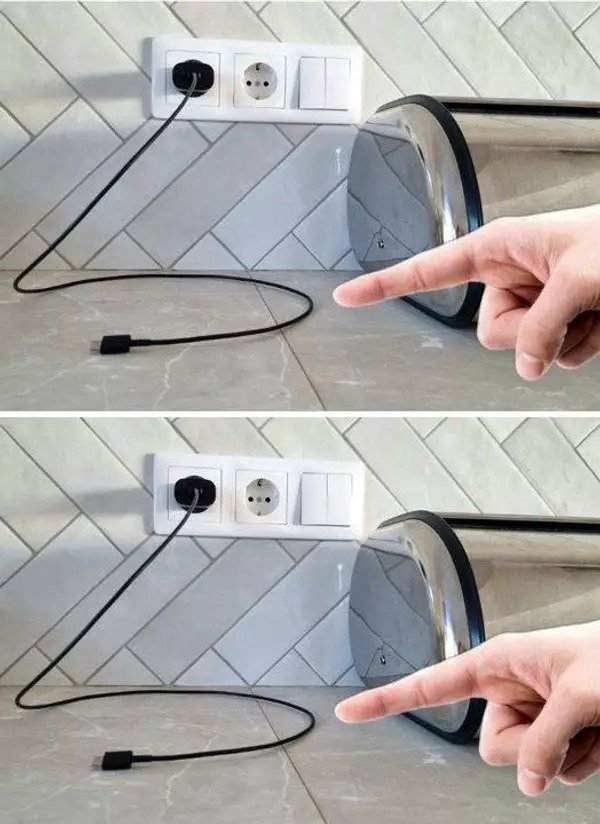We can all relate to the excruciating pain of removing an oil clog. Because it causes accidents like spills and broken rings, it’s generally considered as an annoyance. Having said that, what if I were to inform you that this very straightforward plug is actually rather complex?
A Tale of Oil Plug Anger
Like many others, I cursed whenever I saw an oil plug for a long time. Damaged rings and oil spills were common results of what appeared to be a Herculean effort to remove. Changing the oil was a constant cause of frustration.
Uncovering the Goal
I only just now figured out what this mysterious plug is for. Its importance in the oil-changing process was illuminated for me by a coworker. It had gone from being an annoyance to an essential component in keeping my car running well.
The Right Way to Install the Plug
Knowing where to put the oil plug is crucial for getting the most out of it. The plug is not meant to be thrown away, unlike what most people think. Carefully putting it back where it belongs is more appropriate, but this time with a twist—literally.
Getting the Most Out of Your Oil Plug
Before reinstalling the plug into the bottle, make sure it is upside down. To make sure the cap is firmly fastened between the slots, press it within. To discover the plug’s real function, perform this apparently little task.
Advantages of Inserting the Plug
When placed correctly, the plug’s asymmetrical shape creates a tiny space. The oil may be poured in a controlled, steady stream thanks to this gap, which also assists with dosing. Thanks to this, oil changes are no longer a hassle or a waste of lubricant.
Finally, don’t throw out the oil plug because it’s an annoyance. The oil-changing procedure relies on it heavily, as it allows for the controlled distribution of oil. Changing the oil will be a breeze if you know what it’s for and how to use it correctly.





